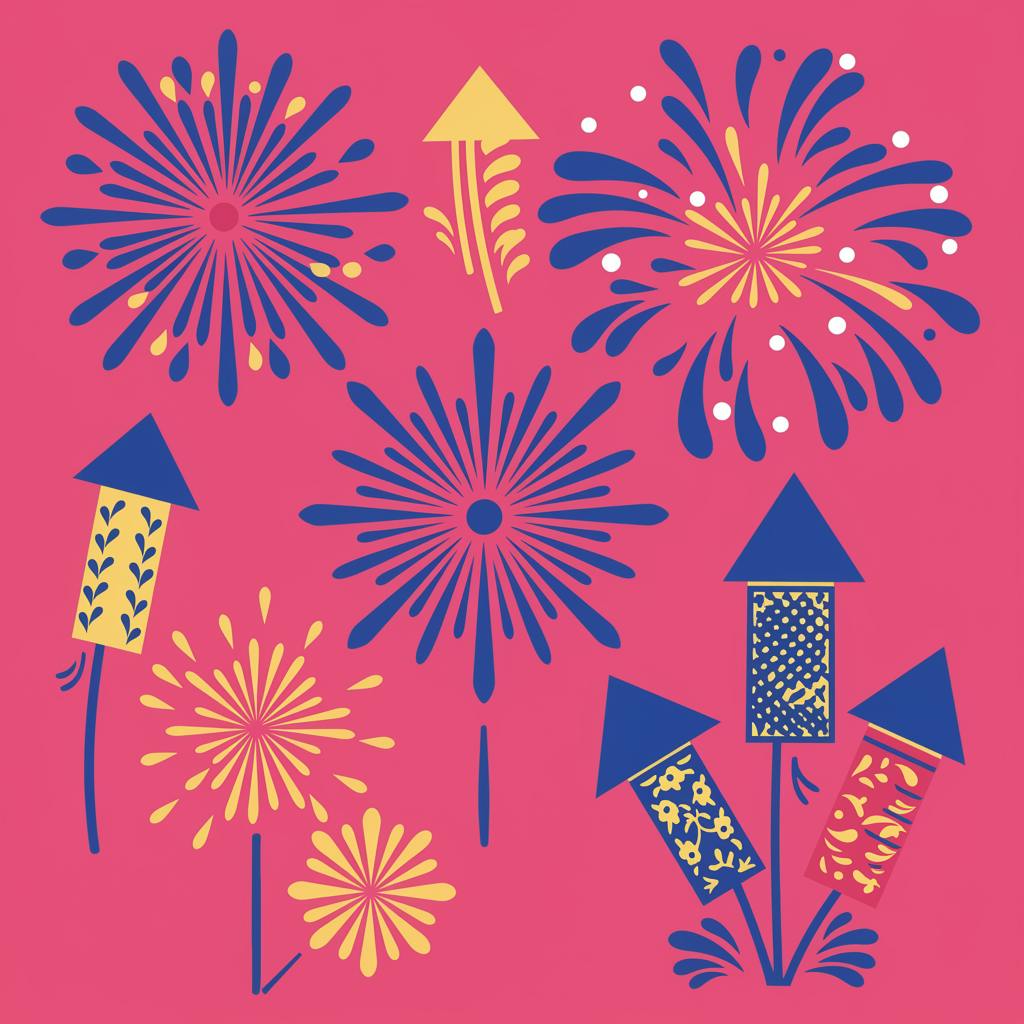Image Workflows 101
Image Workflows 101
By Jiyhun Yun • March 14, 2025

An image workflow is all about creating a turnkey system to produce high-quality, consistent results over and over again. For example, you might want to create workflows to generate images in a particular style or featuring a specific character. The key to setting up a good workflow is understanding what elements you want to keep consistent and what you want to change, and how to prompt with enough specificity to control these variations.
With AI image generation, each word in the prompt can steer the results in different directions, so having tools to manage workflows is especially important. In the PictureStudio system, most of this is accomplished through the prompt itself.
In today's example, we'll develop a flat illustration style that draws inspiration from Swedish folk art. Our goal is to create a versatile style that works across a wide range of subject matter and with the option to modify the base colors.
PictureStudio offers multiple ways to set up this type of workflow. Today, we'll showcase a quick and straightforward approach.
Step 1: Reference Image Sketch or draw an original image, or find a reference image. In this case, we're using a drawing of a cat inspired by Swedish folk patterns.

Step 2: Style Description You can either describe the style yourself or use an AI chatbot that can analyze images (like ChatGPT). Ask the bot:
Without mentioning the subject matter, how would you describe the style of this image for an image model?
Please be concise and use the format:
'type of image.
[subject]
detailed description of the style. Details about the style including color scheme.'
Step 3: Style Exploration Now with prompt in hand, style with the subject of the original image. Here's a prompt that captured our desired aesthetic:
Running the prompt a few times with different seeds should show consistent results (if results aren't consistent you might try editing the prompt. For example if results skew photographic, you might add a negative prompt:
Step 4: Style Refinement Now, in our case we want to move away from the original style and modify the colors to make them more saturated:
Run this prompt several times with varying seeds to ensure the style holds.

And finally, try running the prompt with other subjects.

Now that you have a workflow, you can repeat or tweak it as much as you want. Try changing the colors, or changing 'Swedish' for 'Polish' for example.
Most simple workflows like this one will work across different base models, with each model offering its own unique interpretation of the style. Remember that good workflows should remain distinct across models while maintaining internal consistency within a particular model.
These kinds of workflows are very fast to build once you understand the basics. It took us much longer to write this blog post than it did to create the illustrations!
Happy prompting!